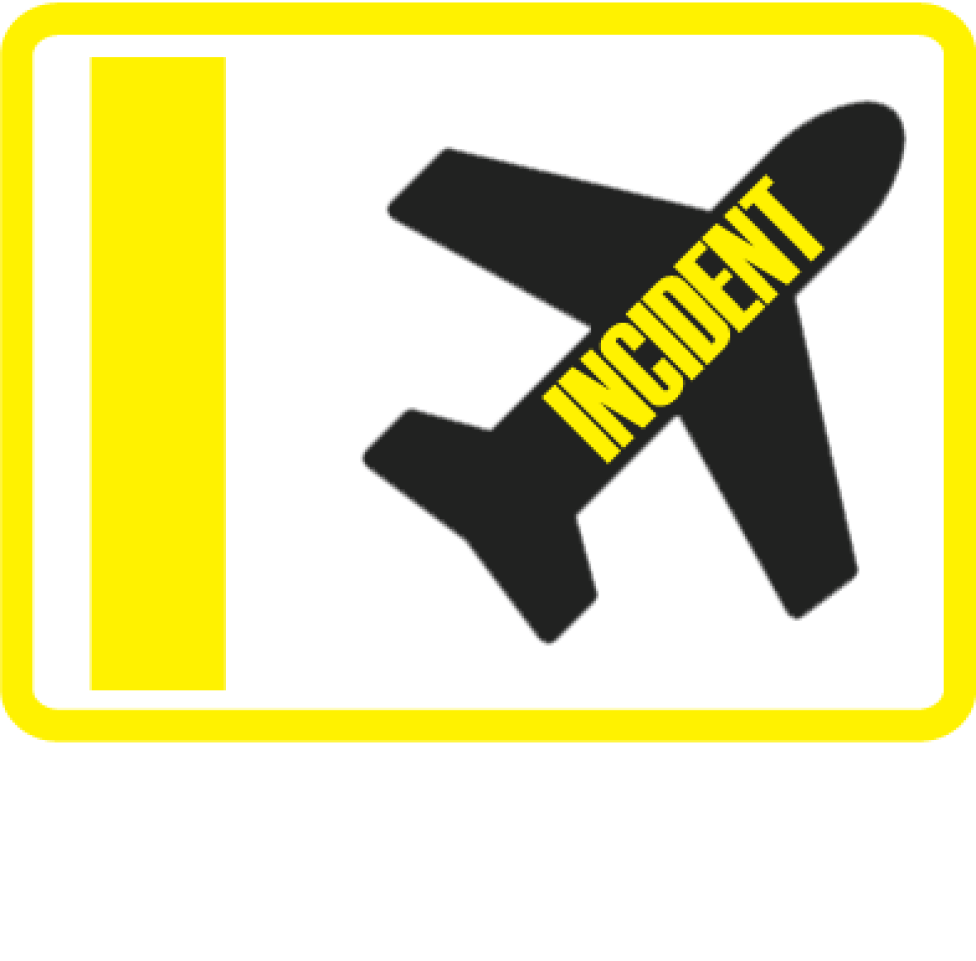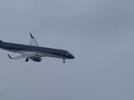Virgin Australia B738 near Launceston on Jan 4th 2013, speed decayed below minimum manoeuvering speed during climb
A Virgin Australia Boeing 737-800, registration VH-VUZ performing flight DJ-1361 from Launceston,TA to Melbourne,VI (Australia), was climbing out of Launceston, due to the short sector the crew was experiencing high work load. The crew had selected level change into the autopilot shortly after takeoff with the intention to later switch to a different climb mode to maintain the necessary speed profile. Climbing through about FL220 the speed over ground began to decay instead of increase (suggesting that the indicated airspeed also decreased). The aircraft continued to climb to FL360 until at about FL350 the flight crew noticed the speed had decayed below the minimum manoeuvering speed, the speed over ground at that point was about 80-90 knots below normal (about 330 knots). In order to recover the crew lowered the nose and brought the aircraft into a shallow descent until the speed had increased sufficiently to safely continue the climb, the speed over ground now showing about 410 knots. The aircraft levelled off at FL360 and continued the flight to Melbourne for a safe landing.
The Australian TSB have opened an investigation into the occurrence stating: "The investigation is continuing with a focus on the human factors issues associated with auto‑flight system mode awareness."
On May 26th 2014 the ATSB released their final report without a formal conclusion but a safety message:
This occurrence highlights the importance of consistent attention to auto-flight system modes and aircraft energy state. Operation of the auto-flight system in an unintended or inappropriate mode can lead to an undesirable energy state, or in other cases, unintended operational or procedural non-compliance.
The ATSB reported the first officer, pilot flying, had selected LVL CHG mode while climbing through 3900 feet at a speed of 250 KIAS with the intention to later switch to VNAV. Both crew subsequently overlooked that the autopilot was still in LVL CHG mode at 250 KIAS. When the aircraft climbed through FL260 the autopilot consequently switched to Mach 0.62. While approaching FL350 about 20 minutes into the flight the first officer noticed a "buffet alert" caution in the scratch pad of the CDU, the captain at the same time noticed the autopilot made a small not noticeable reduction of attitude. Both pilots detected that the indicated airspeed was just on top of the lower amber speed band maintaining minimum maneouvering speed. The crew reduced the pitch attitude further permitting the aircraft to descend until the speed had increased sufficiently that the aircraft was able to continue a safe climb to the intended flight level.
The ATSB reported that usually VNAV would have been selected soon after takeoff, the first officer could not recall why LVL CHG had been selected, the captain reported they were expediting the climb probably through a cloud layer and/or turbulence.
According to the recorded data the aircraft reached a lowest speed of 201 KIAS, 6 knots below minimum maneouvering speed.
The ATSB summarized the crew comments: "The crew commented that the effectiveness of their instrument scan and auto-flight system mode awareness was probably compromised to some degree by the distractions sometimes associated with relatively short sectors. While the aircraft was climbing, each pilot consumed a meal before commencing preparations for their arrival into Melbourne. While the crew were broadly scanning aircraft instruments throughout the climb, nothing specifically drew their attention to the unintended auto-flight climb mode or the gradually reducing airspeed (beyond the changeover altitude). The crew commented that the occurrence provided a salient reminder regarding the importance of maintaining auto-flight system mode awareness."
The ATSB commended both crew for reporting the occurrence although by law they were not required to do so.
http://avherald.com/h?article=4629dc7b














Komentarze